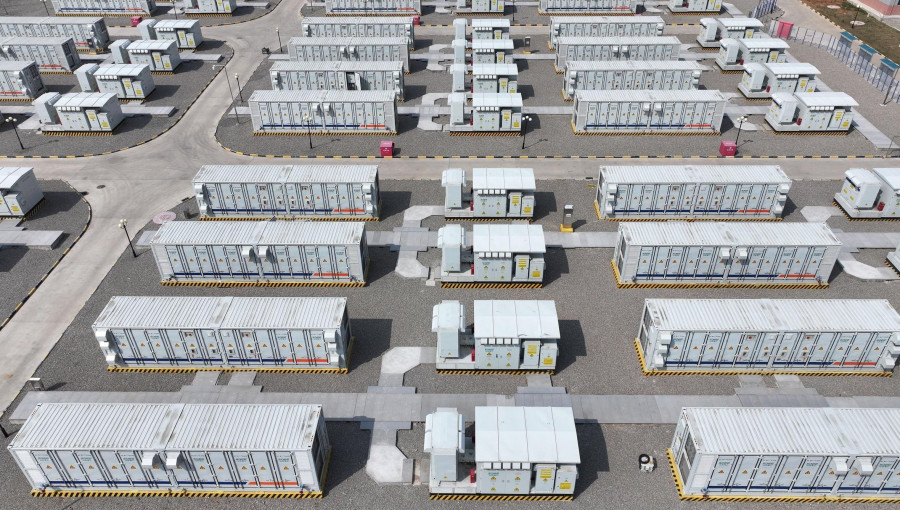The landscape of energy storage is shifting as the world transitions from conventional fossil fuels to renewable sources like wind and solar. The intermittent nature of these renewables presents challenges, making energy storage a critical factor in ensuring a stable power supply. While lithium-ion batteries have led the charge in energy storage, innovations in alternative technologies are emerging to complement and enhance energy systems’ capabilities. A competitive global race is now underway as countries and companies invest heavily in various storage solutions.
Historically, the narrative of energy revolved around resource extraction, from coal to oil and gas. This narrative is evolving with the rise of renewables, revealing a pressing need for effective energy storage solutions to mitigate issues related to their intermittent generation. As wind and solar energy become predominant electricity sources, the challenge lies in ensuring continuous power availability. Without adequate storage, a renewable-dependent grid risks instability, potential blackouts, and unexploited energy assets.
Lithium-ion technology has been pivotal in the storage revolution, found in applications ranging from residential units to large-scale energy projects. Its affordability and widespread use have contributed to a dramatic increase in global battery storage capacity. However, lithium-ion batteries face limitations, particularly in long-duration applications, due to their reliance on costly materials and geopolitical risks associated with their supply chain. In addition, safety concerns and recycling efforts present ongoing challenges.
Emerging technologies stand poised to fill the gaps left by lithium-ion batteries. Flow batteries represent one promising approach, utilizing liquid electrolytes for long discharge times and minimal degradation. Companies like Invinity Energy Systems are at the forefront of developing vanadium flow batteries that may last decades. Meanwhile, gravity-based systems, exemplified by Energy Vault Holdings, harness surplus energy to elevate and release heavy blocks, generating power when needed. Other innovative methods include thermal storage, where startups experiment with heat retention in materials like sand and molten salt, integrated into frameworks that address both electricity and thermal energy needs.
Sodium-ion batteries are another contender, offering a cheaper and safer alternative. While not suitable for electric vehicles, these batteries could excel in stationary storage applications. However, the commercialization journey is fraught with obstacles, highlighted by Natron Energy’s recent liquidation after failing to secure essential certifications despite previous financial backing.
These emerging technologies may be in their infancy, yet the fast pace of development and substantial investment suggests that multiple solutions could thrive. Energy storage is moving into the spotlight of global investment, with estimates showing a tenfold market increase by 2030. Governments worldwide, particularly in the U.S. and Europe, are providing support through tax incentives and funding initiatives, while China remains a formidable player in the battery market.
Geopolitically, this shift in energy storage dynamics is significant. As the dominance of the oil age relied on control of resource access, the energy storage era will hinge on supply chain intelligence and manufacturing capabilities. The U.S. is working to catch up with China’s current advantage in battery supply.
Ultimately, the most likely scenario in energy storage won’t involve a single dominant technology, but rather a hybrid approach where lithium-ion manages short-term storage needs, while flow batteries, thermal systems, and sodium-ion technology cater to longer-term demands. Success in this domain will translate not just into energy reliability but also into national resilience and investment opportunities, shaping the future of clean energy—a landscape defined by who can best harness the necessary technologies for uninterrupted power delivery.

